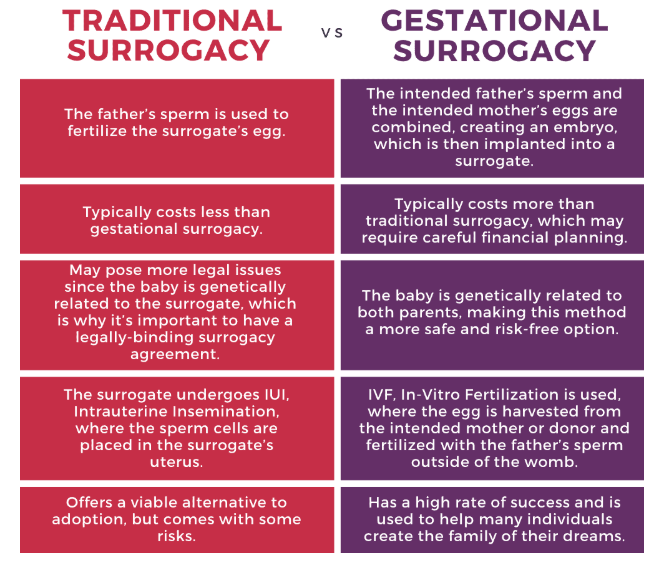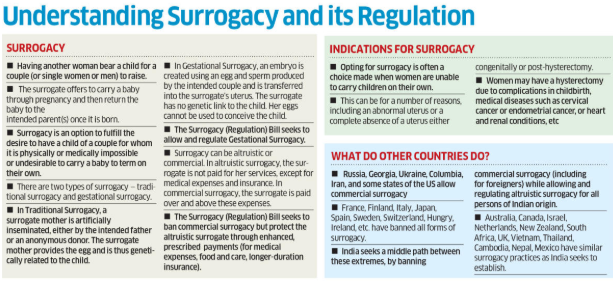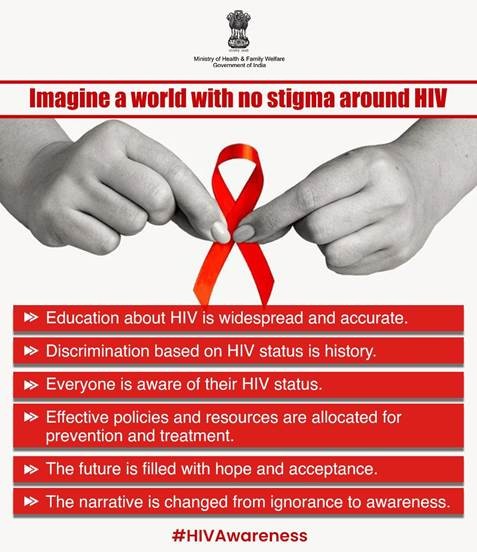



The Supreme Court to review the Surrogacy (Regulation) Act, 2021, which bars couples with a surviving child from using surrogacy. The case tests whether the state can restrict reproductive autonomy under Article 21, balancing individual freedom against surrogate exploitation concerns.

Copyright infringement not intended
Picture Courtesy: THE HINDU
The Supreme Court is reviewing the constitutionality of a clause in the Surrogacy (Regulation) Act, 2021 that prohibits married couples from using surrogacy to have a second child.
|
Read all about: INDIA ALLOWS DONOR GAMETES IN SURROGACY FOR COUPLES l DELHI HIGH COURT RAISES CONCERNS ON SURROGACY EXCLUSION |
The case challenges Section 4(iii)(C)(II) of the Surrogacy (Regulation) Act, 2021, which allows surrogacy only for couples without a surviving biological, adopted, or surrogate child—except in cases where the child has a disability or life-threatening condition.
Right to Privacy (Article 21): Drawing on the K.S. Puttaswamy vs Union of India (2017) judgment, petitioner argues that reproductive decisions—including how many children to have and by what means—are part of personal autonomy.
Right to Equality (Article 14): The law’s distinction between couples having their first and second child through surrogacy is arbitrary, even for medically infertile couples.
Right to Reproductive Choice: The Court has previously affirmed that reproductive freedom is integral to human dignity.
Earlier rulings—such as Arun Muthuvel vs Union of India (2023)—have shown the Court’s willingness to strike down overly restrictive surrogacy rules when they conflict with reproductive rights.
Preventing exploitation: The 2021 Act protects poor women from coerced surrogacy. Limiting it to first-time parents ensures it remains a medical necessity, not a convenience.
Ethical concerns: Allowing surrogacy for multiple children risks turning childbirth into a commercial transaction and undermining the dignity of women involved.
Medical necessity principle: The law is designed for cases where natural conception fails. Having one healthy child removes the “necessity” for surrogacy.
Statutory, not fundamental, right: Since surrogacy involves another person’s body, the state can impose reasonable limits to balance individual rights with ethical and public interest considerations.
Surrogacy is an arrangement where a woman (the surrogate mother) agrees to carry and give birth to a child for another person or couple (the intended parent/s), who will become the child's parent(s) after birth.


Rise of Commercial Surrogacy Hub: By 2012, India had emerged as a leading hub for commercial surrogacy, with over 3000 fertility clinics and an estimated $400 million industry, driven by lower costs and more flexible laws.
Exploitation of Surrogate Mothers: Poor and vulnerable women were forced or lured into surrogacy contracts for economic necessity, leading to their exploitation.
Commodification of Women's Bodies: Critics argued that commercial surrogacy treated women's bodies and reproductive capacities as commodities.
Unclear Rights for Surrogates: Surrogate mothers lacked legal rights, leading to difficult situations regarding compensation, medical care, and post-delivery support.
Child Abandonment: Legal complexities arose over child abandonment, especially in cases of birth defects or disputes between commissioning parents.
Ethical concern: Raised questions about the "womb for rent" concept, potential for sex selection, and the psychological impact on all parties.
Absence of Specific Legislation: While the Indian Council of Medical Research (ICMR) laid out guidelines in 2002, there was no legislative backing, resulting in lax enforcement.
The Surrogacy (Regulation) Act, 2021, enacted to prevent commercial exploitation, protect the rights of surrogate mothers and intending parents, and ensure ethical practices.
Bans commercial surrogacy, allowing only altruistic surrogacy. No monetary compensation is allowed for the surrogate mother, except for medical expenses and insurance coverage during pregnancy.
All surrogacy clinics must register under the Act to operate legally.
Stringent penalties, including imprisonment up to 10 years and a fine up to ₹10 lakh, for offenses like commercial surrogacy, exploiting the surrogate mother, or abandoning the child.

Restrictive Eligibility
The law limits surrogacy to heterosexual, married Indian couples (with inclusion of widowed/divorced single women), excluding single men, unmarried women, live-in partners, and LGBTQ+ individuals/couples. The "no prior child" clause is also seen as too rigid.
Ambiguous "Close Relative" Clause
The requirement for the surrogate to be a "close relative" lacks a clear definition, potentially leading to family pressure, coercion, or a shortage of eligible surrogates
Ban on Commercial Surrogacy (Altruistic-Only Model)
Critics argue this denies a legitimate income source for women, especially those from marginalized backgrounds, and could push surrogacy into an unregulated grey market, increasing exploitation.
The compensation for altruistic surrogacy is considered inadequate, devaluing the surrogate's work.
Medical and Psychological Concerns
The Act is criticized for not adequately protecting surrogates' long-term physical and mental health, including support post-birth, and fails to address potential complications and emotional trauma.
Revisiting Eligibility Criteria
Expand eligibility to include single men, unmarried women, and LGBTQ+ individuals, recognizing diverse family structures and reproductive rights.
Refining the "Close Relative" Clause
Provide a precise legal definition for "close relative" to avoid ambiguity and potential exploitation within families.
Allowing non-relative altruistic surrogacy under strict regulatory oversight, to increase accessibility without promoting commercialism.
Balanced Approach to Compensation and Welfare
Introduce a model of "compensated altruism" where, in addition to medical expenses and insurance, surrogates receive reasonable compensation for loss of wages, discomfort, and the risks involved.
Provide comprehensive medical, psychological, and social support for surrogate mothers throughout pregnancy and mandate long-term health monitoring.
Strengthening Regulatory Mechanisms
Effectively implement the Surrogacy (Regulation) Act via National and State Boards. Prevent an illegal surrogacy market from emerging due to restrictive laws.
Continuous Review and Adaptation
Laws require dynamic review and amendment based on legal challenges, medical advancements, and evolving societal norms.
India should learn from international best practices (eg. UK, Australia), adapting them as per Indian socio-cultural context.
Conclusion
To be truly effective, the Surrogacy Act must evolve. A forward-looking approach should harmonize preventing exploitation with upholding inclusive reproductive rights for all citizens.
Source: THE HINDU
|
PRACTICE QUESTION Q. To what extent can the state regulate private reproductive choices without violating personal liberty? Critically analyze 150 words |
Surrogacy is an arrangement where a woman (the surrogate) agrees to carry a pregnancy and give birth to a child for another person or couple, known as the intended parents, who will become the child's legal parents after birth.
Altruistic surrogacy is an arrangement where a woman carries a child for intending parents out of compassion, often a close relative. The intended parents cover the surrogate's medical bills, insurance, and other specific expenses related to the pregnancy, but no additional fee is paid for the act of surrogacy itself.
Eligible intended parents include Indian citizens who are legally married heterosexual couples married for at least five years, with the wife aged 23-50 and husband 26-55, possessing a medical certificate of infertility, and generally having no other children. A single woman who is a widow or divorcee between 35 and 45 years old is also eligible.







© 2025 iasgyan. All right reserved